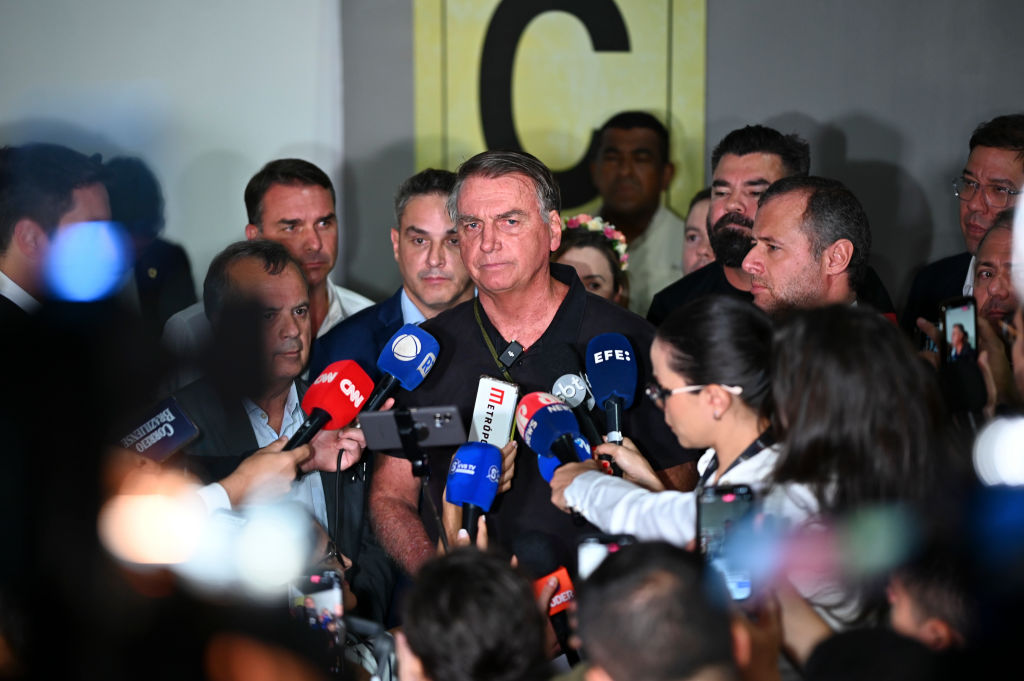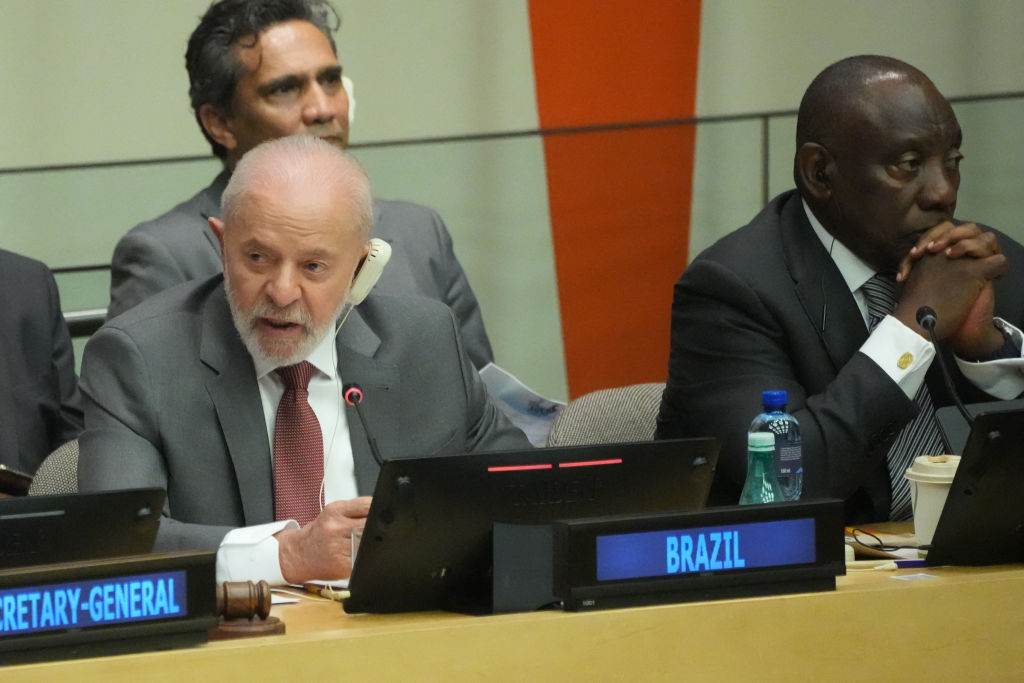Brazil Vows to Curb Deforestation
Brazil Vows to Curb Deforestation
An ambitious new Brazilian plan seeks to reduce deforestation rates by nearly three-quarters by 2017. Yet the proposal’s release coincides with news of rising deforestation levels.
With Amazonian deforestation on the rise, Brazil’s environmental ministry on Monday announced an ambitious plan to curb rainforest destruction. As a UN-led climate change conference got underway in Poland, Brazilian Environment Minister Carlos Minc unveiled the initiative, which would seek to cut deforestation rates by 72 percent by 2017. The plan also offers proposals to increase biofuel production without using more arable land while decreasing carbon dioxide emissions by 4.8 billion tons in the same 9-year period.
During his remarks, Minc emphasized that this voluntary effort puts Brazil in the vanguard on climate change issues, marking a shift from past policies that placed responsibility for curbing global warming on the shoulders of industrialized nations. But the efforts come as the Brazilian government finds itself pressured on one side by conservationists ringing alarm bells with deforestation figures and on the other side by cattle ranchers and soy growers who cashed in on the recent commodity boom.
At the UN’s 2007 General Assembly, Brazilian President Luiz Inácio Lula da Silva called for more actions from industrialized countries to curb carbon emissions, praising Brazil’s decreasing levels of deforestation over the course of the three previous years. Then the government’s environmental record suffered a setback when Brazil’s National Institute of Space Research revealed an increase in deforestation rates during the first five months of 2007.
In response, Lula’s government stepped up policing in the affected areas through an operation called “Arc of Fire,” initiated in February. The program allowed issuing of fines, arresting deforestation suspects, and impounding illegal cargo. Yet the program’s launch was followed with controversy over the resignation of former Environment Minister Marina Silva, a respected conservationist thought to have struggled with the perceived lack of political will to halt environmental destruction. She was replaced by Minc, who helped found the country’s Green Party.
Under Minc’s leadership, the ministry launched Amazônia Sustentável—the Amazon Fund—in August. The program involves the international community, drawing hefty donations from countries such as Norway, which pledged roughly $1 billion over the next seven years for sustainable development. Monday’s announcement of setting targets aimed at lowering deforestation served as another step in building support for protecting the Brazilian rainforest.
But Monday’s announcement of setting targets to limit Amazon destruction coincided with new data about rising deforestation rates, which have increased by 3.8 percent compared to last year. The BBC reports on the setback and says high commodity prices for staples like soy and beef served as an engine for deforestation. But the report also points out that estimates forecasted an even higher increase, which could signify that governmental policies have made progress. An analysis by mongabay.com’s Rhett Butler tracks deforestation rates in the Amazon using statistics available since 1988 until the present.
With the new plan to be presented at the UN’s climate change conference, environmentalists evaluated it by offering mixed praise, ranging from “better than never” to “a modest proposal.” NPR offers an analysis of expectations ahead of the conference in Poland.
The UN summit comes on the heels of last week’s environmental conference in Mexico, which brought together 70 legislators from across the Americas in a push to regulate land use. Tierramérica reports that the summit helped create a favorable climate for building a common strategy but warns that the new commission faces a long road in terms of hammering out results.







